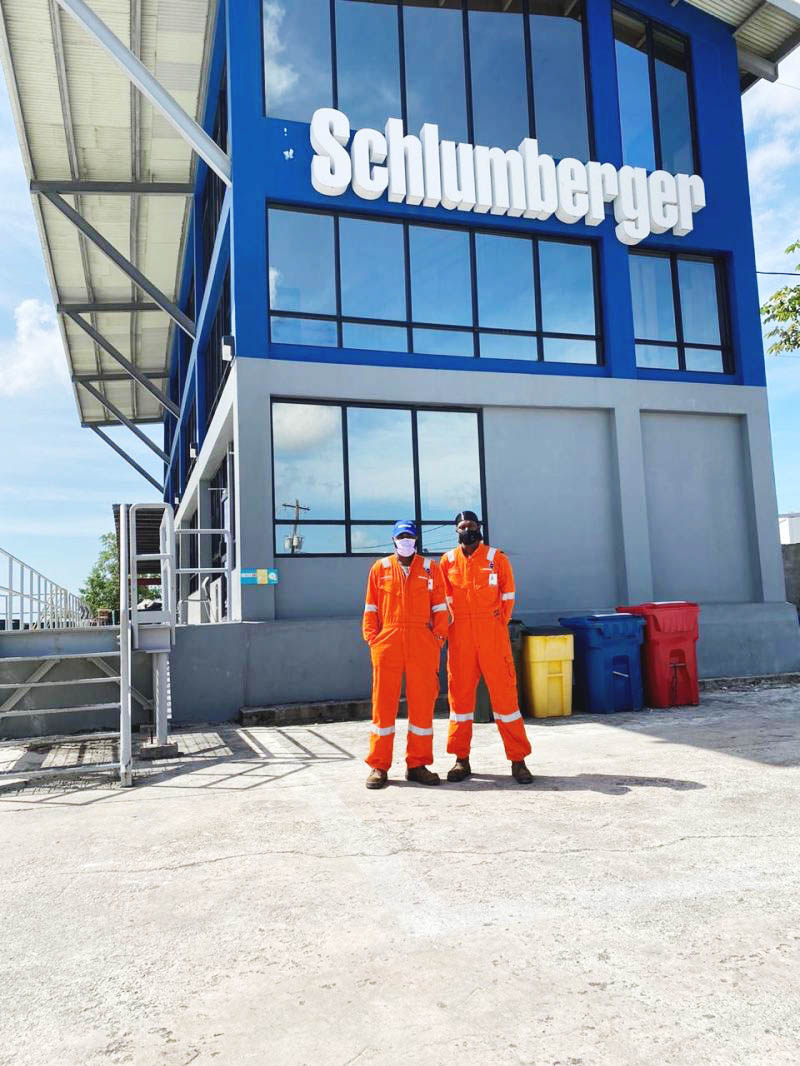The EPA says it is awaiting a written ruling from the High Court on the quashing of an environmental permit to oil services contractor Schlumberger Inc before taking action.
The Environmental Protection Agency’s (EPA) executive director, Kemraj Parsram yesterday told Stabroek News that his agency is preparing to review the written ruling from the court before addressing the permit. He said that while the environmental agency will act in accordance with the court ruling, for clarity they are reviewing the judge’s decision and the orders made by the court.
Justice Nareshwar Harnanan last Friday ruled that the EPA breached its statutory duty by issuing environmental permits to the company.
His ruling followed legal action by residents of the Houston community, asking the High Court to declare the EPA’s decision waiving the requirement of an Environmental Impact Assessment (EIA) as being among other things, unlawful and unreasonable.
As a result, he ordered the quashing of an environmental permit issued by the EPA on June 9, 2021 in favour of Schlumberger to permit it to construct a radioactive substances and materials storage and calibration facility at Lot 1 Area X Houston on the East Bank of Demerara.
The High Court judge also declared that the decision of the EPA to not conduct an environmental impact assessment into the effects of the construction of the facility was illegal, ultra vires, unreasonable, irrational for breaching the Environmental Protection Act, Cap.20:05.
Justice Harnanan also granted an injunction against the company to bar it from continuing the possession, use and storage of radioactive chemicals at its Houston facility. The injunction is in place until the company can legally obtain a lawful permit under the EPA Act.
The action was brought against the EPA by residents—Danuta Radzik, Vanda Radzik and Raphael Singh.
During arguments, the EPA said that permission was given for the construction of the facility and not for the operation of a radioactive substances and materials storage and calibration facility.
The High Court Judge ruled that the operation and construction must not be viewed separately. In the court’s view, he said the EPA cannot treat the operations independent of the construction permit when it is a condition precedent to the functionality of the facility.
“The court is of the view that it could not have been the intention of the party to treat the operation as distinct from construction for the purpose of licensing since operations can only commence after construction,” he said.
Justice Harnanan ruled that the EPA further breached its mandate as outlined in the EPA Act when it took the decision to waive the EIA requirements. He stated that they failed to provide reasons behind the decision for a waiver.
In this regard, he also quashed the EPA’s decision of the January 2020 award of an environmental authorisation.
The Radziks and Singh (the Applicants), via court filings, had said that they live near the radioactive facility, which is also in proximity to schools and places of worship. They contended that the EPA’s decision was made without any consultation with residents.
Against this background, they accused the Agency of having arbitrarily made the decision in breach of its statutory duty and contrary to natural justice. They said, too, that it was made in the absence of evidence, was unfair and asked that the Court so declare.
They said there was no inkling that the facility would be used to store radioactive materials or that the request for such a permit was even under consideration. The Applicants said it was not until April 11th that the EPA issued a public notice via the press that Schlumberger wanted to construct a building to house the radioactive materials and that the construction process would not require an environmental impact assessment.
In the newspaper notice, which is an exhibit in the case, the EPA announced that in accordance with Section 11 (2) of the Environmental Protection Act, Schlumberger-Guyana Inc.’s application for an environmental authorisation had been “screened” for “potential environmental impacts.”
According to the EPA, following its assessment, it had determined that the project would “not significantly affect the environment or human health,” and that Schlumberger would therefore be exempt from requiring an EIA.
The applicants, however, questioned the basis on which the EPA arrived at its conclusion that an EIA would not be required. Their main contention was that radioactive materials should not be used and/or located in close proximity to schools, neighbourhoods, a main thoroughfare, or the Demerara River and that an impact assessment was therefore inherently necessary.






